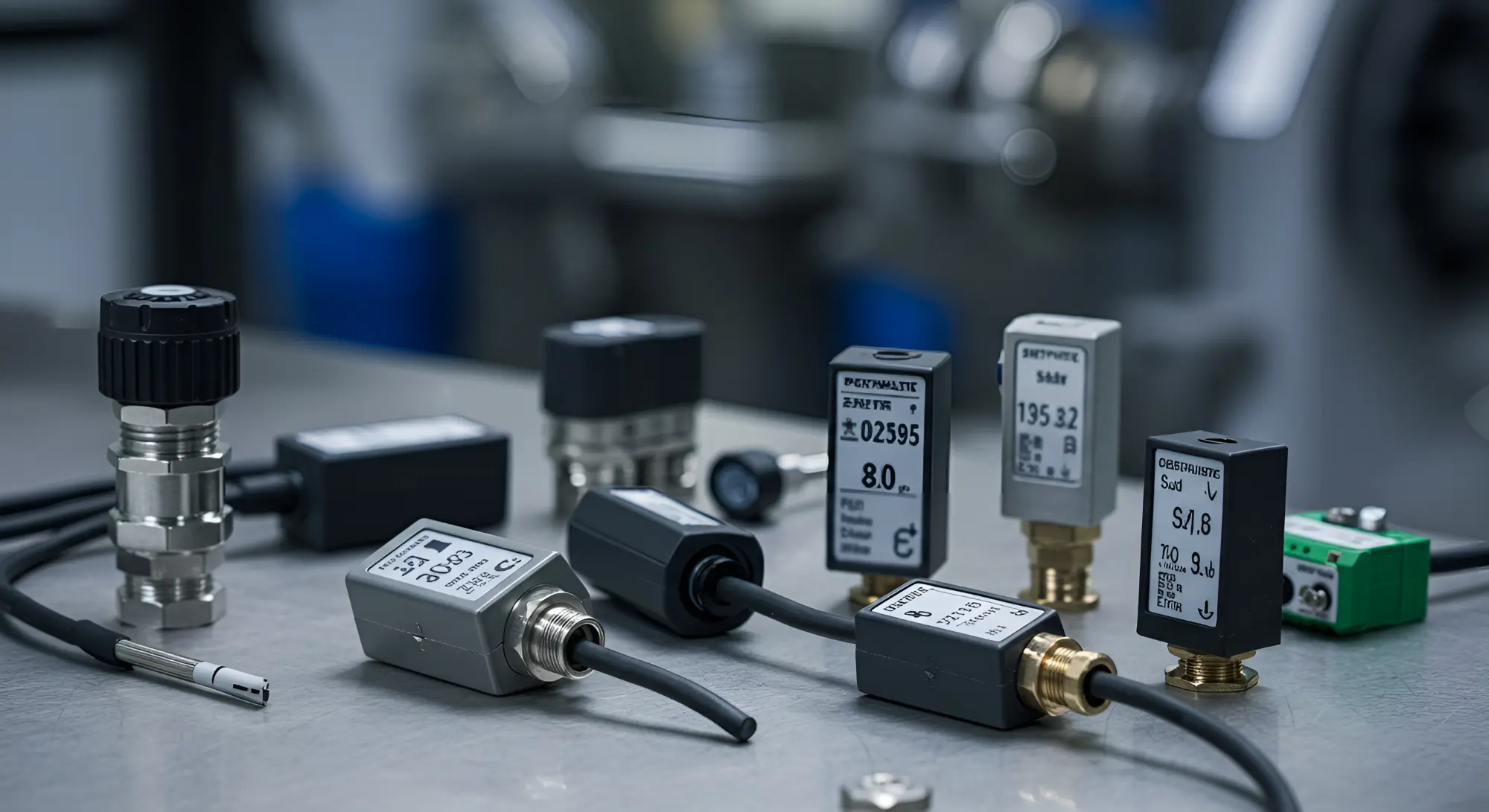Blog
How to Choose the Right Sensor for Your Industrial Application

In the world of industrial automation, sensors play a crucial role in turning physical changes into actionable data. Whether it’s detecting temperature, pressure, motion, or proximity — choosing the right type of sensor ensures your system runs safely and efficiently.
But with so many options available, how do you pick the right one?
Let’s break it down.
🔍 1. Understand the Application
Before choosing a sensor, clearly define the purpose and environment where it will be used. Ask questions like:
- What parameter am I measuring? (e.g., pressure, position, temperature)
- What are the operating conditions? (e.g., humidity, heat, vibration)
- How critical is response time and accuracy?
A proximity sensor used on a fast-moving conveyor belt will have very different requirements from a temperature sensor in a controlled lab environment.
⚙️ 2. Know the Sensor Types
Here are some common industrial sensors and where they’re typically used:
- Proximity Sensors:
Detect metal or non-metal objects without contact. Ideal for object detection on assembly lines. - Temperature Sensors:
Monitor temperature in machinery or environments. Often used in HVAC systems, furnaces, and chemical processing. - Pressure Sensors:
Measure fluid or gas pressure in hydraulic/pneumatic systems. - Load Cells:
Measure force or weight — critical in material handling and weighing systems. - Photoelectric Sensors:
Use light to detect presence, size, or distance of objects. Widely used in packaging and manufacturing.
🛑 3. Consider Environmental Challenges
Sensors may need to operate in harsh industrial settings. Choose sensors that are:
- Dust-proof and waterproof (IP-rated)
- Resistant to high temperatures or corrosive substances
- Shielded against electromagnetic interference
Pro Tip: Always check the sensor’s IP rating and operating temperature range.
📐 4. Check for Compatibility
Ensure the sensor integrates easily with your existing system:
- Output type: Analog vs. digital
- Power requirements: 5V, 12V, 24V, etc.
- Mounting options and size
Compatibility helps avoid unnecessary delays and wiring issues during installation.
🛠 5. Don’t Ignore Support & Documentation
High-quality sensors from reputable brands come with detailed manuals, wiring diagrams, and support. This saves time during setup and troubleshooting.
At Xytox Controls, we only offer sensors backed by global brands and provide technical consultation to ensure compatibility with your systems.
📌 Final Word
Choosing the right sensor doesn’t have to be overwhelming. Start with a clear understanding of your application, then match that with the right sensor technology — backed by quality, documentation, and support.
Need help selecting a sensor for your next project? [Talk to our engineers →]



